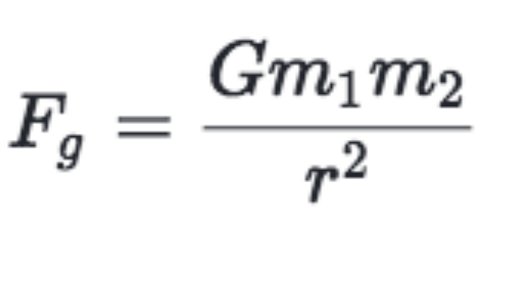If you're worried about that, paint all of the "dry side" interior components of the PRV flat black. Any light that gets in has to be reflected off of something, since there is no direct path for light to enter.I wonder how much light enters the keg
“When you Pull The PRV? ...”
Brew on














































![Craft A Brew - Safale BE-256 Yeast - Fermentis - Belgian Ale Dry Yeast - For Belgian & Strong Ales - Ingredients for Home Brewing - Beer Making Supplies - [3 Pack]](https://m.media-amazon.com/images/I/51bcKEwQmWL._SL500_.jpg)












